|
Ros
Davies' Co.
Down, Northern Ireland Family History Research Site
© Rosalind Davies 2001 Permission granted to reprint research for non-profit use only |
Kilmore Parish
The town of Crossgar
7km SE of Saintfield
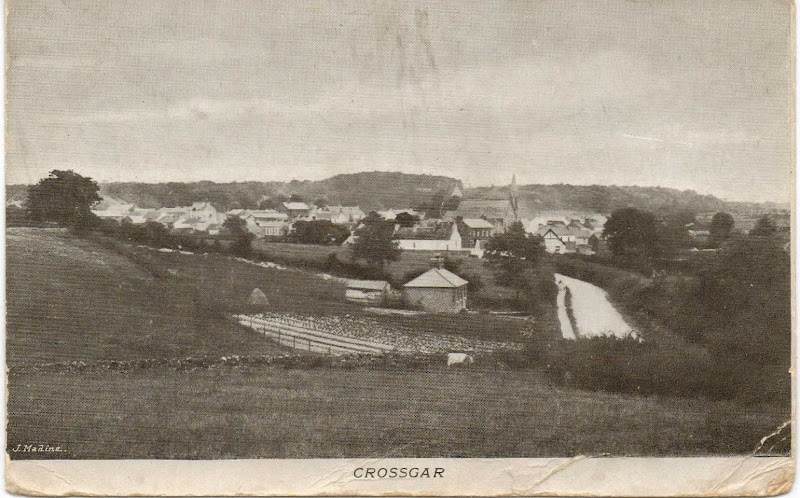 |
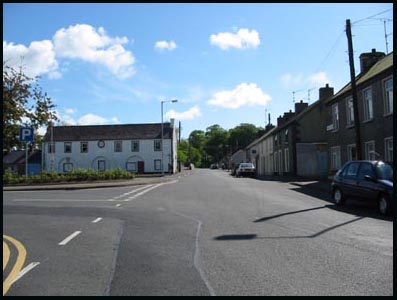 |
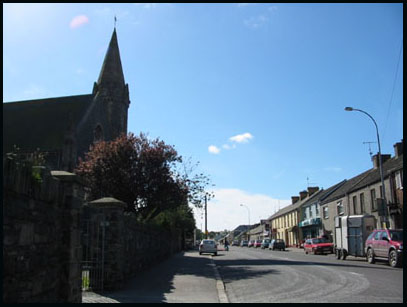 |
| This lovely old postcard was kindly sent by Nancy Schaalje. It shows Crossgar coming in from the Kilmore Road & the spire of the Catholic Church. | The old Market Square, Crossgar. Email for photos of Killyleagh Street taken 1900 (DR18 Sep 1967R) |
Main Street, Crossgar- looking south with the Catholic Church on the left. Email for this same view taken in 1900 (DR 18 Sep 1935R) |
|
Crossgar means ' the short cross'. Prior to 1800 the village of Crossgar
was non existent with only the Everoges Bridge, Quinn's pub and a Presbyterian
Church on there. It was due to the initiative of Edward Southwell Trotter
who inherited the townland in 1777 that the village grew. By 1801 there
were ten houses and the Catholic chapel newly built. The first school
was built in 1826 in John Street and the Market House in 1829 at a cost
of £30. It had a werghing room on the ground floor & an upper
level for storing grain. By 1830 there were 23 publicans and grocers,
one doctor, one bootmaker , four police constables and a flax mill nearby.
Ruthven sold the town to William Thompson of Downpatrick in 1827 and
it was Thompson who built the Market House. Poor Law district population
was 3700 in 30 Nov 1839. The main coach from Belfast to Downpatrick
travelled through the town. In 1850 the Thompson estate passed to a
nephew, James Cleland, who rebuilt Crossgar House in 1860 but passed
out of Cleland ownership in 1929. Click here for information on the schools here in 19th century. Newspaper articles from Down Recorder; Newspaper articles from Newtownards Chronicle: I have the full listings of Griffiths Valuations of 1864 for Downpatrick St, Crossgar 1-15 indexed throughout Surnames Index. |
||
| References;TCC p 33; V 17 p 88, 89, 90, 92 OSM: BH; DR & DR* 7 Nov 2001; NC; GIC; LM 2002 p 77; LR 2005 p73; RICLD p79 ; DR 31/10/2012 p25 | ||
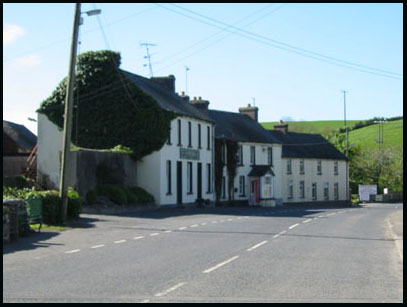 |
Kilmore
village with Mason's pub on the left |
|
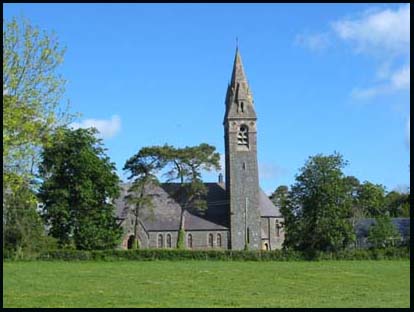 |
|
|||
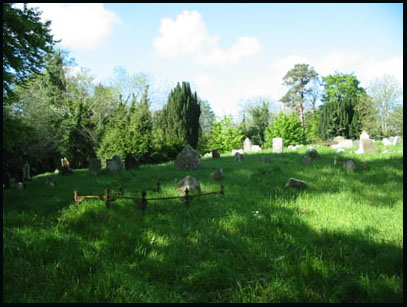 |
|
|||
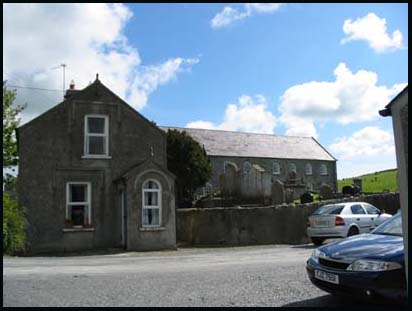 |
|
|||
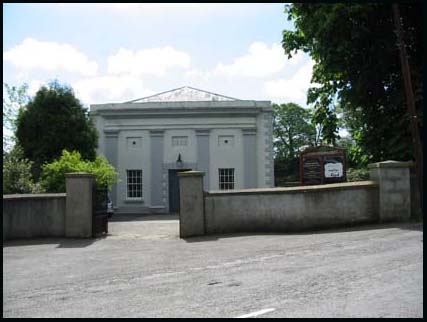 |
|
|||
|
Lissara Presbyterian Church Before this church was built, Presbyterians from Kilmore & Killyleagh areas worshipped at Ballydugan Mills. A Meeting House was built on this site in 1770 at a cost of £300 with some additions in 1793 which cost £150 & was paid for by parishioners and public contributions. The first minister was Rev. John Sturgeon from 3rd Ballynahinch Presbyterian who preached here in the evenings when the ministers were shared in 1776 until 1793 when the minister was Rev. John Reid . It was from the windows that the congregation, who had assembled for a Monday communion thanksgiving service, viewed the military marching by on their way to oppose the United Irishman at the Battle of Ballynahinch in June 1798. The minister from 1801 until 1809 was Rev. Mr. Denham and he was suceeded by Rev. Joseph Lowry 1809- 1858. In 1836, the church was described as being able to hold 300 people and being a very plain building with 9 windows and in the shape of a T. It was rebuilt in 1865. The next minister was Rev. John/ James Gibson Thomson from 1858- 1887. Newspaper articles from Down Recorder; Records available are baptisms 1809- 1871, marriages 1811-1851, burials
1810- 1870; modern graveyard |
|
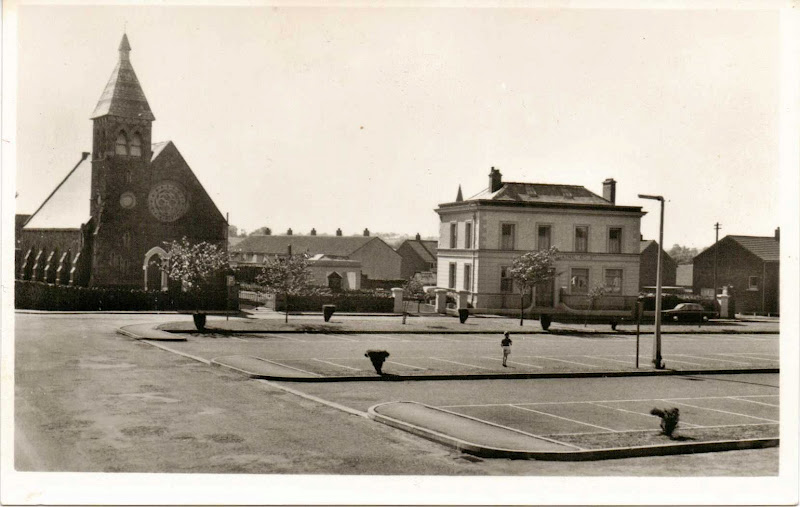 |
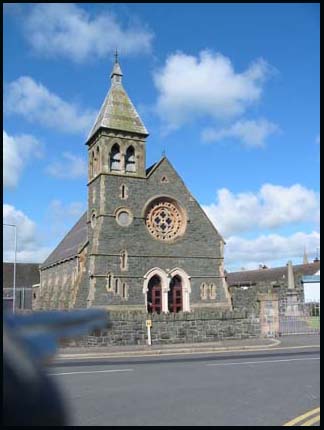 |
| This lovely old postcard was kindly sent by Nancy Schaalje. It shows Lissara Presbyertian Church overlooking Crossgar Market Square | References; HCPCI p181; EPC p5, 18 ; V17 p 89, 90 OSM: DR & DR*18 Sep 1935R*; GIPR; GIC ; OFB p85; DR; LR 2005 p73 |
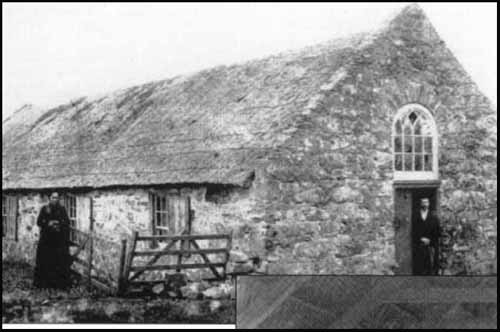 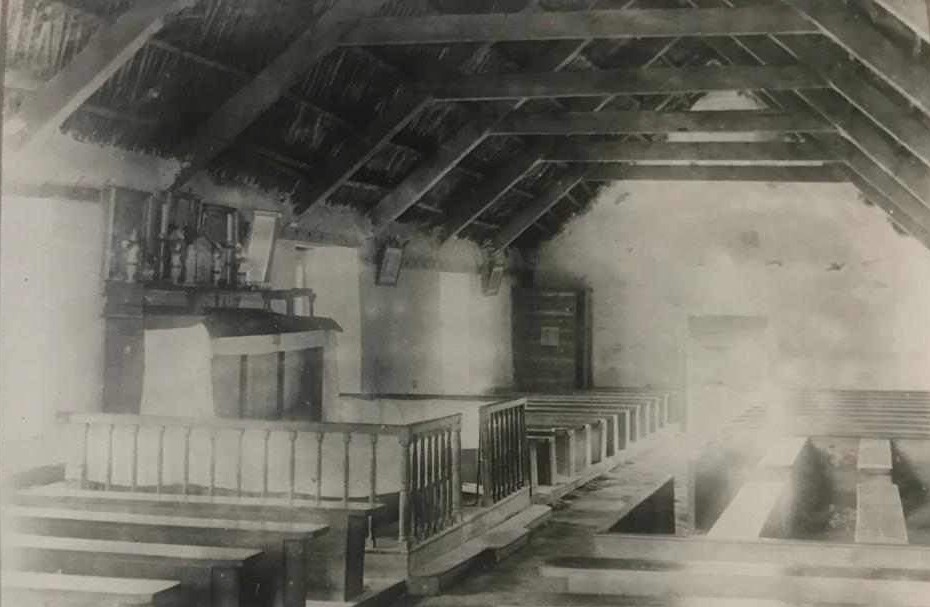 |
|
|||
 |
|
|||
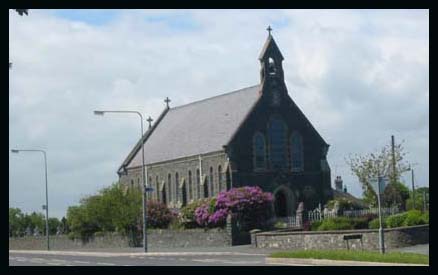 |
|
|||
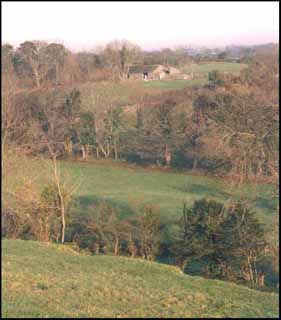 |
|
|||
by Ros Davies